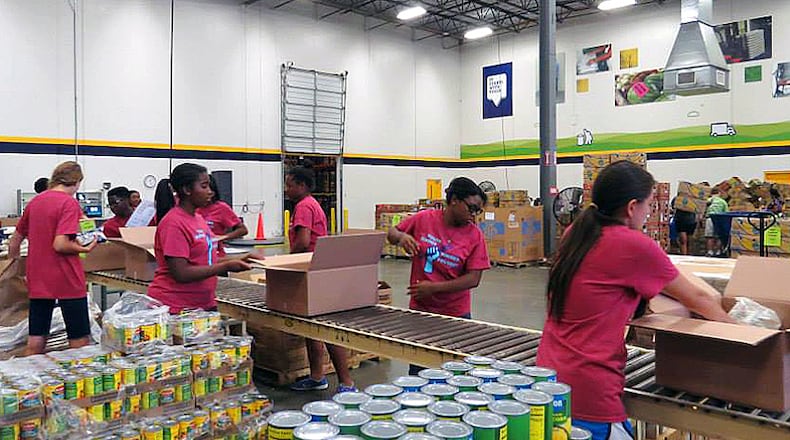Of the nearly 1 million child care workers in the United States, in a recent white paper, my colleagues and I found that 31.2% – basically 1 out of every 3 – experienced food insecurity in 2020, the latest year for which we analyzed data. Food insecurity means there is a lack of consistent access to enough food. This rate of food insecurity is anywhere from 8 to 20 percentage points higher than the national average.
In Washington state and Texas, one study found 42% of child care workers experienced food insecurity, with 20% of child care workers experiencing very high food insecurity. High food insecurity is when a person reports reduced quality and variety of diet. Very high food insecurity occurs when a person reports disrupted eating patterns and reduced food intake.
Another study in Arkansas found that 40% of child care workers experienced food insecurity.
Credit: contributed
Credit: contributed
People who are food insecure are at increased chances of being poor health, with conditions like hypertension, diabetes, asthma, arthritis and depression, among other chronic diseases and health conditions.
Low wages and food insecurity may contribute to child care workers’ high stress levels. When child care workers experience stress, they tend to reduce the amount of positive attention to children and increase their punitive responses to children’s challenging behavior.
Overall, child care workers’ wages are low, with the median hourly wage being $12.24 per hour. This means child care workers make little more than fast-food workers, whose median pay is $11.64 per hour.
As a result of low wages, more than 53% of child care workers received public assistance, including Medicaid, the Children’s Health Insurance Program and Supplemental Nutrition Assistance Program from 2014 to 2016. This compares with the 21% of elementary and middle school teachers who received public assistance in that period. When so many child care workers rely on public assistance, it reveals how many of them don’t make enough money to get by.
Nearly all U.S. child care workers are women, and half are people of color. This workforce is central to providing high-quality early childhood education to children up to 5 years old.
Early childhood researchers and policymakers have focused on increasing the education and training of the child care workforce to bolster quality. The Center for the Study of Child Care Employment recommends that lead teachers, the primary teachers in early childhood classrooms who are responsible for day-to-day management of a classroom, at least have a bachelor’s degree and that assistant teachers at least have a child development associate certificate or equivalent. Despite the fact that the more education child care workers have the higher-quality care they deliver, many states require only a high school diploma or equivalent, and some states do not have any education requirements for entry-level positions.
On average, child care workers who have a bachelor’s degree do make more than those who don’t. However, going to college doesn’t pay off as much for child care workers as it does for those in other fields. Child care workers with a bachelor’s degree average $14.70 per hour, which is just under half the average earnings overall of those with a bachelor’s degree – $27 per hour.
It’s one thing to expect child care workers to get more education to become better at what they do. But it is also important to ensure that additional education pays off.
Colin Page McGinnis is a doctoral candidate at the Ohio State University. This piece originally appeared in The Conversation, a nonprofit news source dedicated to unlocking ideas from academia for the public.
About the Author
Keep Reading
The Latest
Featured



